Poppy Eschscholzia Californian
₹150.00 ₹132.00
They are recommended in many prescriptions for tonics.Bloom beautiful flowers at your place to freshen your everyday with Poppy Eschscholzia Californian
Description
Purchase Description
-
Poppy Eschscholzia Californian
- Quantity : around 100 seeds
Description
Note: Please use the seeds for growing plant only. The seeds must not be eaten.
It is a perennial or annual plant growing to 5–60 in (13–152 cm) tall with alternately branching glaucous blue-green foliage. The leaves are alternately divided into round, lobed segments. The flowers are solitary on long stems, silky-textured, with four petals, each petal 2 to 6 cm (0.79 to 2.36 in) long and broad; flower color ranges through yellow, orange and red(with some pinks).[1] Flowering occurs from February to September in the northern hemisphere (spring, summer, fall). The petals close at night (or in cold, windy weather) and open again the following morning, although they may remain closed in cloudy weather.The fruit is a slender, dehiscent capsule 3 to 9 cm (1.2 to 3.5 in) long, which splits in two to release numerous small black or dark brown seeds. It survives mild winters in its native range, dying completely in colder climates.
Direct seeding is preferable, as poppies do not like to have their roots disturbed. Sow in early spring when the soil is still cool and light frost is possible. May also be sown in the fall just before the ground freezes. Seeds will germinate in 10-15 days.Poppy plants are not heavy feeders. Too much fertilizer will cause plants to produce excessive leaf growth at the expense of flower production.Remove the spent blossoms, or use them as cuttings in flower arrangements, to extend the flowering season. Make sure to leave some faded flowers on the plants, especially later in the year, as poppies are self-seeding year to year.It requires full sun.tolerates droughty soil, requires well-drained soil, requires high fertility.Avoid overhead watering whenever possible.Poppies do better without too much fertilization, which can hurt the plant. With too much fertilizer, the poppy flowers won t grow. Poppies are used to soil without a lot of fertilizer, so soil with too much fertilizer will be a shock to their system.
Only logged in customers who have purchased this product may leave a review.

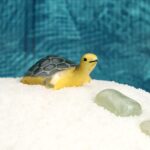
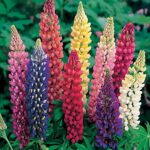
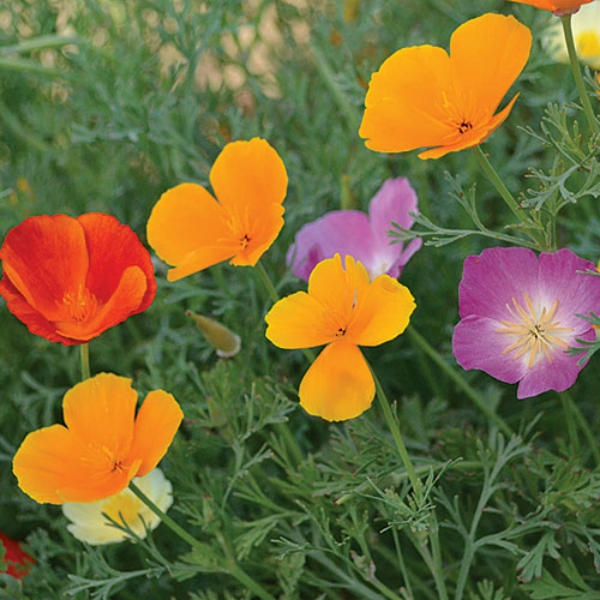
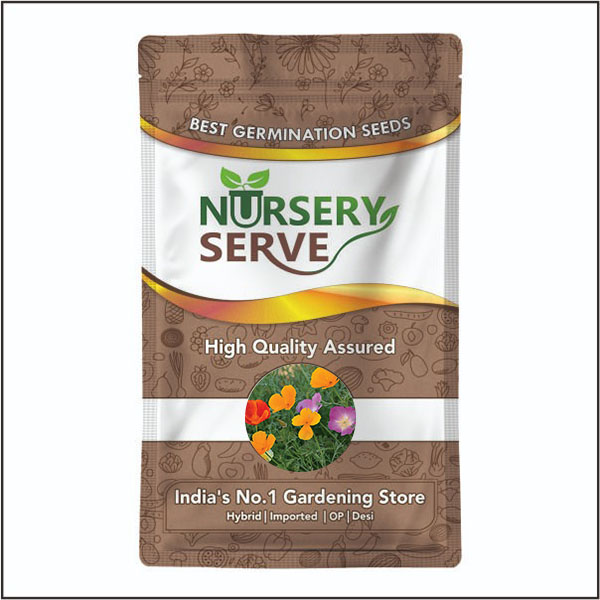
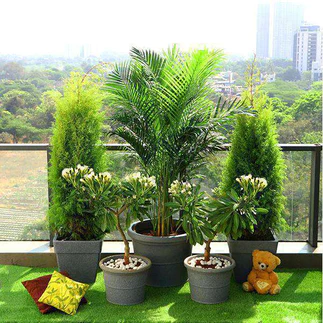
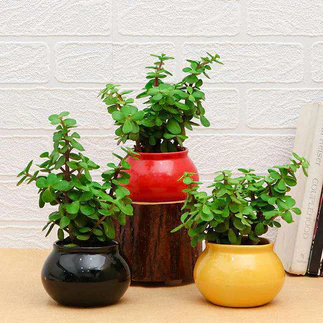
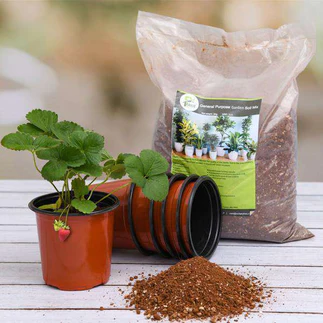
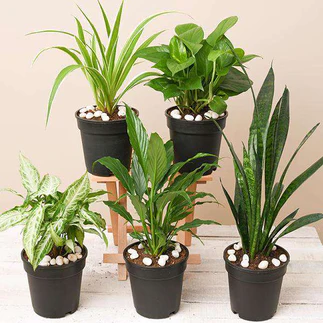
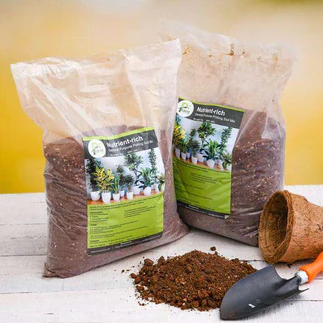
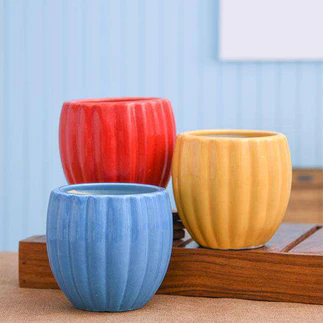
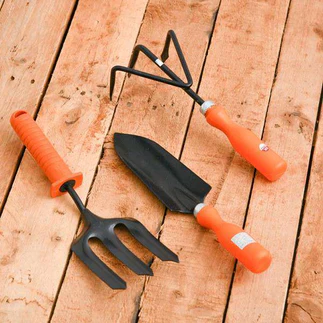
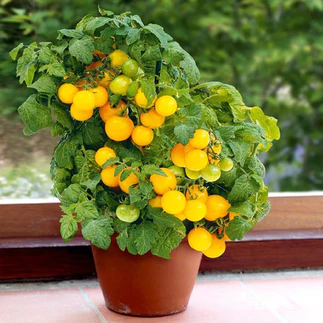
Reviews
There are no reviews yet.